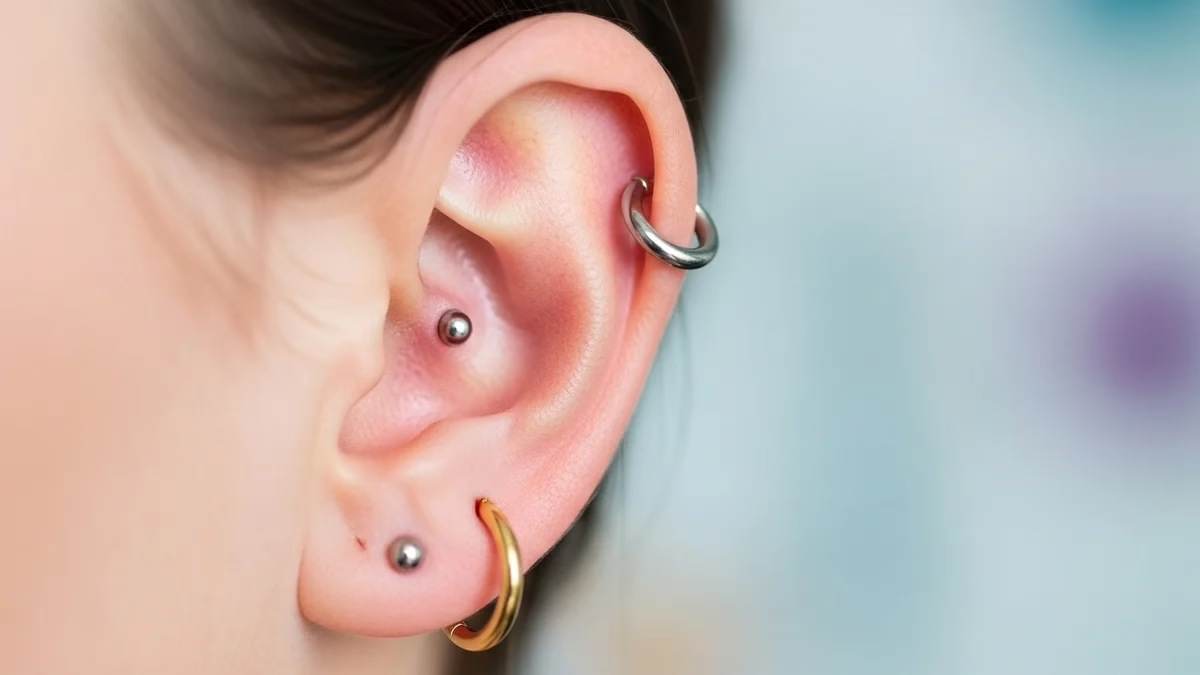Introduction:
Smartphones have become an essential part of our daily lives. We use them to communicate, stay informed, entertain ourselves, and even work. However, as much as we depend on our smartphones, they are not invincible. At some point, our smartphones will break down or become outdated, leaving us to figure out how to move on. In this article, we will explore the different ways to move on after a smartphone breaks down.
1: Assess the damage and repair options
The first step in moving on after a smartphone breaks down is to assess the damage. If the phone can be repaired, it may be worth fixing it, especially if it’s a relatively new device. Look for reputable repair shops or consider sending it to the manufacturer for repairs. However, if the damage is too extensive or the cost of repairs is too high, it may be time to consider getting a new phone.
2: Backup important data
Before you move on to a new phone, it’s essential to back up your important data, such as contacts, photos, and documents. You can use cloud-based services like Google Drive or iCloud, or transfer the data to a computer or external hard drive. Make sure you have a copy of everything you need before moving on to a new phone.
3: Evaluate your options
Once you’ve decided to get a new phone, you’ll need to evaluate your options. Do you want the latest and greatest device, or are you looking for something more budget-friendly? Do you want to stick with the same brand or try something new? Consider your needs, preferences, and budget before making a decision.
4: Shop around
When it comes to buying a new phone, don’t settle for the first option you find. Shop around and compare prices and features to find the best deal. Look for sales, promotions, and discounts to save money. Consider buying a refurbished or pre-owned phone to save even more.
5: Adjust your usage habits
Moving on after a smartphone breaks down also means adjusting your usage habits. If you were using your phone heavily for work or entertainment, consider finding other ways to fulfill those needs. For example, you could use a tablet or laptop for work, or read a book instead of watching videos on your phone. Adjusting your usage habits can help you reduce your reliance on your phone and avoid becoming too dependent on it.
6: Protect your new phone
Finally, once you’ve moved on to a new phone, it’s essential to protect it. Invest in a high-quality case and screen protector to prevent damage from drops and scratches. Be careful not to expose your phone to extreme temperatures, water, or other hazardous conditions. With proper care, your new phone can last for years to come.
Conclusion:
Moving on after a smartphone breaks down can be challenging, but it’s not impossible. By assessing the damage and repair options, backing up important data, evaluating your options, shopping around, adjusting your usage habits, and protecting your new phone, you can make a smooth transition to a new device. Remember, your smartphone is just a tool, and there are other ways to stay connected, entertained, and informed.





